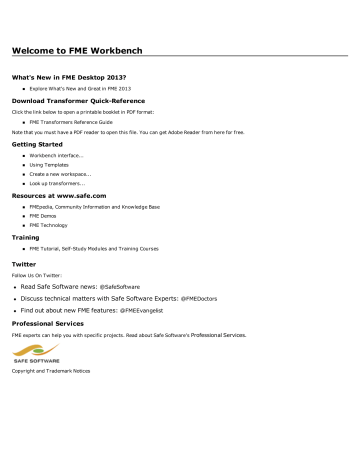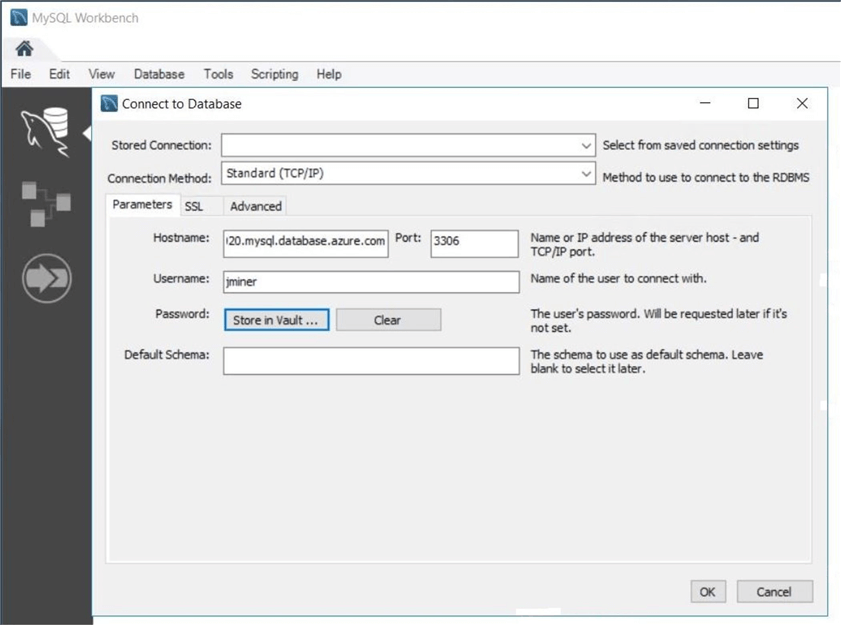
- #Bold database workbench tutorial how to
- #Bold database workbench tutorial update
- #Bold database workbench tutorial full
- #Bold database workbench tutorial pro
#Bold database workbench tutorial how to
For example, you can follow the tutorial How To Install MySQL on Ubuntu 14.04 to get up and running quickly.
#Bold database workbench tutorial pro
Using tools like HeidiSQL for Windows, Sequel Pro for macOS, or the cross-platform MySQL Workbench, you can connect securely to your database over SSH, bypassing those cumbersome and potentially insecure steps. And allowing connections to MySQL directly can be a security concern. But connecting remotely to your database server usually entails configuring MySQL to listen on every interface, restricting access to port 3306 with your firewall, and configuring user and host permissions for authentication. Querying this data graphically on your local computer is the easiest way to interact with your database.
#Bold database workbench tutorial full
Your database server contains tables full of important data. Expanding the table will reveal the columns that you specified. You can now navigate to the table in the left navigation pane. Typeit4me 6 0 – completes partially typed words for you. The table will now be created, and a message will display advising that the script was successful. Review the SQL statement that will be run against the database and click Apply: Under the appropriate database in the left navigation pane, right-click Tables and select Create Table.: Configure the TableĮnter the table name, add all column names, their data type, constraints, default values, and any other details as required, then click Apply: Mysql Workbench Restore Database Create the Table Under the appropriate database in the left navigation pane, right-click Tables and select Create Table.: The table will now be created, and a message will display advising that the script was successful.īelow are screenshots of the above steps.


In this section, we are going to see how we can insert, read, update, and delete data rows by using the MySQL Workbench. MySQL Workbench Insert, Read, Update, Delete Data Rows.

Select Drop Now option in the popup window to delete the table from the database instantly. Here is an example to select a database called TUTORIALS − mysql -u. You can use the SQL command use to select a database. It is very simple to select a database from the mysql prompt. Selecting MySQL Database from the Command Prompt. This is because there might be more than one database available with the MySQL Server.
#Bold database workbench tutorial update
MySQL Select Database for beginners and professionals with examples on CRUD, insert statement, select statement, update statement, delete statement, use database, keys, joins etc. In this tutorial, we shall learn to select a database in MySQL, from multiple databases.

So, when a client connects to or opens a mysql command prompt, a database (from existing multiple databases) should be selected to run the SQL queries or operations. To create a table in the MySQL Workbench GUI:


 0 kommentar(er)
0 kommentar(er)
